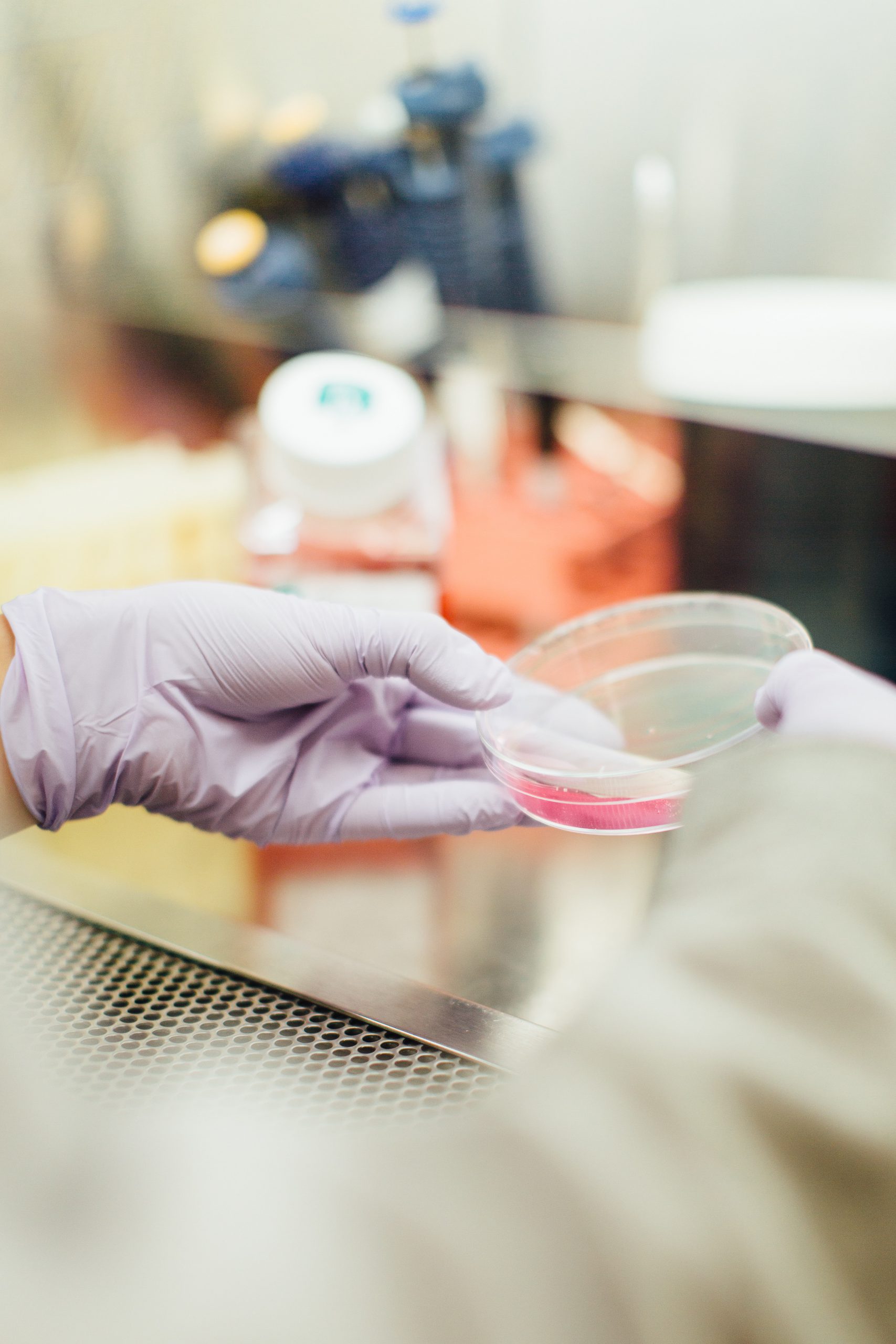The pandemic already reached uncontrollable levels. Authorities need to establish an accurate number of positive cases to perform actionable mitigation practices and control the extent of the spread. However, most COVID-19 testings are slow—there are cases where patients die first before knowing their status. With slow testing capabilities, are we capable of fighting this pandemic?
COVID-19 testing is a multistep process that requires much time and human resources
Medical professionals take samples from persons under investigation through a process called swabbing. In swabbing, a tool is used to collect DNA samples from their bodily liquids found in a patient’s throat or nose. Specialized molecular test labs analyze the samples, which can either be on-site or nearby testing labs. The typical transit time to the molecular test lab is 24 hours, but it can be longer if the lab is further away.
At the lab, the sample is processed in a method called Polymerase Chain Reaction (or PCR) to extract RNA details and examine the extracted information. If it matches particular combinations that indicate a positive result, the lab result can be officially counted as a positive case. Otherwise, it is negative.
Increasing testing demands and limited resources slow down progress
It’s better if molecular labs house more significant staff numbers with more equipment. With this set-up, lab testing can be expedited. However, demand increases as more and more people get infected. With the infection rate increasing, the once substantial supply of lab testing becomes insufficient.
Aside from the increasing testing demands, there are only a limited number of molecular labs accredited by the federal Center for Diseases Control and Prevention (CDC) for COVID-19 testing. Medical professionals and authorities have designed test kits for on-site sample gathering, which expedite the testing process. However, the first test kit released by the CDC had problems that lead to false-positive cases. The issue of the accuracy of the test kits prevented it from being deployed to the frontlines.
Most accredited testing labs are meant for public health surveillance, not pandemics
Most accredited labs initially cater to regular predefined outbreaks like measles and seasonal influenza. However, a pandemic like COVID-19 is beyond the capabilities of their current function. The FDA grated social powers to medical corporations to develop COVID-19 testing to fight this inadequacy.
With private and university laboratories chiming in to develop their proprietary testing kits, the production and distribution of test kits were able to cater to the demands of the public. There are more than 12 testing kits approved by the FDA that can be used in either commercial or hospital labs.
The current testing capacity for COVID-19 in the US is 20,000 tests in a day
With all the appropriate actions being done by the CDC and FDA, 20,0000 tests every day is now a reality, with the possibility of growing more as new developments arise. The usage of smaller molecular labs in small-scale hospitals is a great help already, even if they only process a small number of tests.
The current time frame for the release of the results is between five to six hours from the sample acquisition. There is a prioritization hierarchy of testing, which puts admitted patients first, as well as medical professionals at risk of contracting the disease.
If you want to stay up to date with the latest news from the healthcare industry, subscribe to Dose of Healthcare today!


















